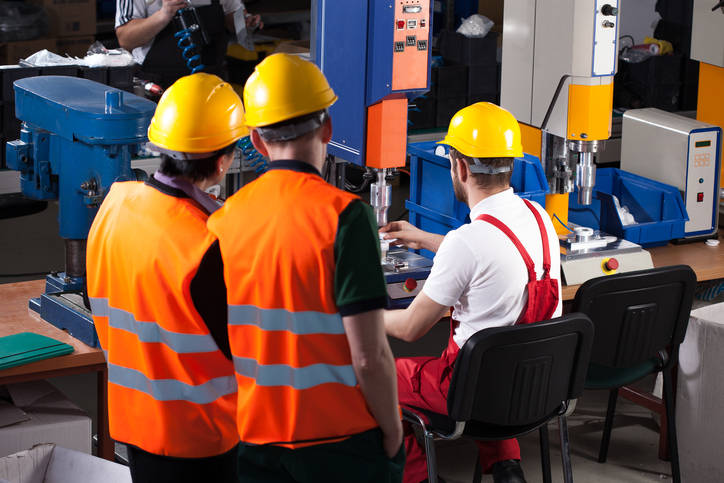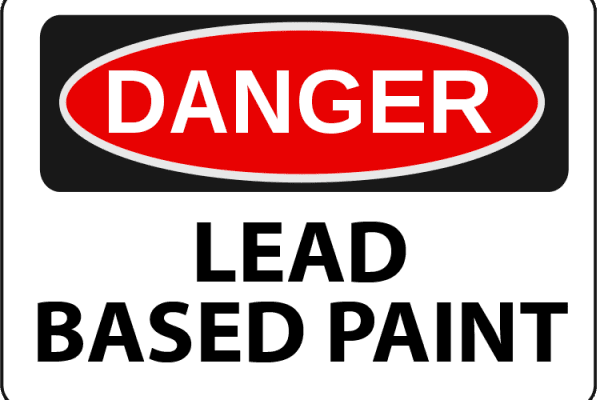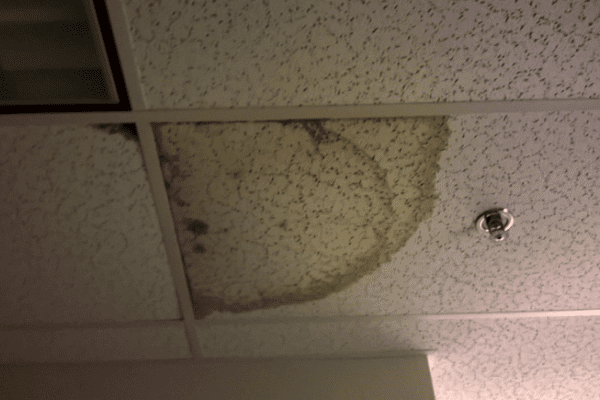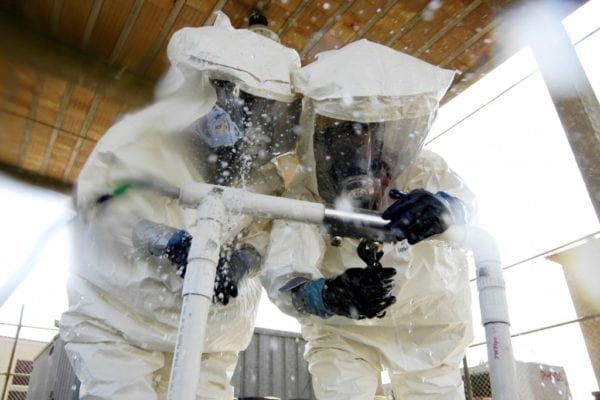Nearly 2.9 million non-fatal workplace injuries occurred in the most recent year reported by the Bureau of Labor Statistics. Another 4,836 workplace incidents resulted in a fatality in the same year. That’s approximately 3 out of every 100 full-time employees who were harmed on the job.
Obviously, none of us wants to put even one of our employees in harm’s way. And for employers, these statistics are serious business. Between worker’s compensation, lawsuits, and lost productivity, the cost of even a single injury or work-related illness can have a serious impact on your cost of doing business.
Ensuring the health and safety of workers while on the job can be complex. OSHA sets standards for safety and health that encompass thousands of rules and regulations. It’s easy to understand how employers sometimes overlook one or two or a few hundred of them.
If you’re determined to provide your employees with a safe, healthy work environment–and stay ahead of OSHA regulations–here’s what you need to know about Industrial Hygiene (IH).
What Is Industrial Hygiene?
According to the American Industrial Hygiene Association, Industrial Hygiene is:
A science and art devoted to the anticipation, recognition, evaluation, prevention, and control of those environmental factors or stresses arising in or from the workplace which may cause sickness, impaired health and well being, or significant discomfort among workers or among citizens of the community originating from chemical, physical, and/or biological sources.
Some examples of hazards that are best assessed by an Industrial Hygienist include:
- Chemical Hazards from gases, vapors, dusts, and mists.
- Physical Hazards from lifting, ergonomics, heat, cold, and vibration.
- Indoor Air Quality, including temperature and relative humidity levels, the presence of mold, elevated carbon dioxide levels, and aerosolized contaminants.
While it may seem like Industrial Hygiene is just another way of talking about workplace safety, it’s important to note that this discipline has its own standards and requirements within the framework of OSHA regulations. It’s critical that your Industrial Hygiene program engage a certified industrial hygienist to ensure that you meet the legal requirements of the code and adequately protect your workers.
The Five Components of Industrial Hygiene
Buried in the official definition of Industrial Hygiene are five words that relate to the critical components of an effective Industrial Hygiene program:
- Anticipation
- Recognition
- Evaluation
- Prevention
- Control
Anticipation refers to understanding the possibility for potential industrial hygiene hazards within your work environment. In an office setting, potential hazards include mold growth and other IAQ issues. In an industrial setting, potential hazards may include chemicals, noise levels, temperature, and many other chemical, physical, or biological factors.
Recognition refers to recognizing the actual hazards that exist within your workplace, which includes locating and documenting them.
Evaluation refers to the process of assessing potential worker exposure to the identified hazards, and drawing conclusions about the level of risk to your workers for each one.
Prevention is the process of developing and implementing strategies to eliminate the occurrence of harmful conditions in the workplace, or reduce them to acceptable levels.
Control is the process of creating processes and strategies, and implementing tools, to effectively control the impact of any hazards that cannot be removed from the environment. Control may include procedures around personal protective gear, limited time exposure to the hazardous condition, and signage and procedures to prevent unnecessary excessive exposure.
What To Do Now That You Know
If you do not have written and well-executed health and safety plans, including OSHA’s required Hazard Communication Program, then it’s time to call in professionals. Our team of certified industrial hygienists is on call to conduct exposure assessments and create OSHA-compliant plans that will keep your workers safe and meet your legal obligations.






